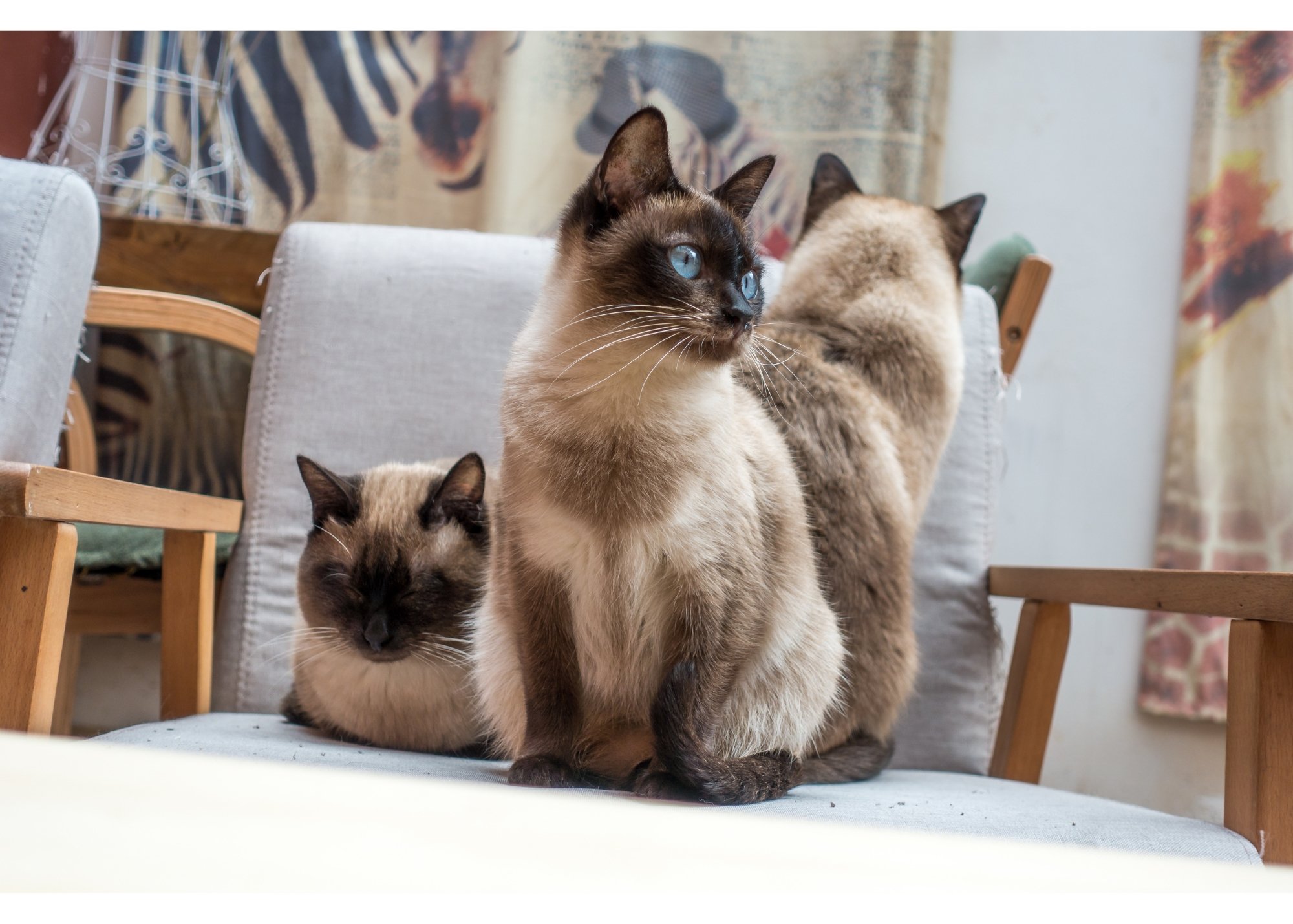
Preparing for Your New Cat
Supplies
Bringing a new cat into your home is an exciting and rewarding experience. To ensure a smooth transition and help your feline friend feel comfortable and secure, it's important to have the following essentials ready:
Food and Water Bowls
Type: Opt for stainless steel or ceramic bowls, as they are durable and easy to clean. Avoid plastic bowls, which can harbor bacteria and cause allergic reactions.
Quantity: Have separate bowls for food and water.
Placement: Place them in a quiet, accessible area where your cat can eat and drink undisturbed.
High-Quality Cat Food
Nutrition: Choose a premium cat food appropriate for your cat's age, whether kitten, adult, or senior. Look for foods that list meat as the first ingredient and are free from fillers and artificial additives.
Transition: If possible, continue with the food your cat has been eating to prevent digestive upset, gradually transitioning to a new brand if desired.
Treats: Keep some healthy cat treats on hand for bonding and training.
Litter Box and Litter
Litter Box: Provide at least one litter box per cat, plus one extra. For a multi-level home, consider a litter box on each floor.
Type of Litter: Start with an unscented, clumping litter, as many cats prefer it. You can adjust based on your cat's preferences.
Accessories: Don't forget a litter scoop and a litter mat to catch stray granules.
Placement: Place the litter box in a quiet, low-traffic area that's easily accessible.
Scratching Posts and Toys
Scratching Posts: Cats need to scratch to maintain their claws and mark their territory. Provide sturdy scratching posts or pads made of sisal, cardboard, or wood.
Variety of Toys:
Interactive Toys: Wand toys, laser pointers, and feather teasers for playtime with you.
Solo Toys: Balls, stuffed mice, and puzzle toys to keep your cat entertained when alone.
Enrichment: Consider a cat tree or shelves for climbing and perching.
Safe Environment
Cat-Proofing:
Remove toxic plants and secure household chemicals.
Cover or secure electrical cords and blind cords.
Ensure windows have secure screens to prevent falls.
Hideaways: Provide hiding spots like boxes or covered beds where your cat can retreat.
High Perches: Cats love vertical spaces. Cat trees or wall-mounted shelves satisfy this need.
Behavioral Aids
Feliway Diffuser: Consider using a pheromone diffuser to help reduce anxiety and ease the transition into your home.
Training Aids: Clickers or treat pouches if you plan on training your cat.
Grooming Supplies
Brushes and Combs: Regular grooming helps reduce shedding and prevents matting, especially for long-haired breeds.
Nail Clippers: Trimming your cat's nails every few weeks prevents overgrowth and reduces scratching damage.
Dental Care: Cat-friendly toothbrushes and toothpaste help maintain oral health.
Ear and Eye Care: Gentle cleaners for occasional cleaning if needed.
Identification
Collar and ID Tag: Even indoor cats should wear a breakaway collar with an ID tag containing your contact information.
Microchip Registration: Verify that your cat's microchip is registered and update it with your current contact details.
Health Care Essentials
Veterinarian: Choose a local veterinarian and schedule an initial wellness check-up.
Pet First Aid Kit: Include essentials like gauze, antiseptic wipes, and tweezers.
Medications: If your cat requires any, ensure you have them on hand with proper instructions.
Comfortable Bed or Blankets
Cat Bed: Provide a soft, comfortable bed where your cat can rest. Some cats prefer enclosed beds for added security.
Blankets: Place cozy blankets in their bed or favorite spots around the house.
Placement: Situate the bed in a warm, quiet area free from drafts.
Carrier
Type: Invest in a secure, well-ventilated carrier with a sturdy door and latch.
Size: Ensure it's large enough for your cat to stand, turn around, and lie down comfortably.
Familiarization: Leave the carrier open at home so your cat can explore it, reducing stress during travel.
Cleaning Supplies
Enzyme Cleaner: Useful for cleaning accidents and removing odors to prevent repeat incidents.
Lint Rollers: Keep your clothing and furniture free of cat hair.
Optional Extras
Water Fountain: Encourages cats to drink more, promoting kidney health.
Window Perches: Gives your cat a comfortable spot to watch the outside world.
Automatic Feeders: Helpful if you're away during feeding times.
Tips for a Smooth Transition
Safe Room Setup: Initially confine your cat to one room with all their essentials. This helps them adjust without feeling overwhelmed.
Gradual Introduction: If you have other pets, introduce them slowly and under supervision to ensure positive interactions.
Establish a Routine: Cats feel more secure with a consistent schedule for feeding, playtime, and rest.
Patience and Love: Give your new cat time to explore and adjust at their own pace. Offer gentle affection and let them come to you.
By preparing these items and creating a welcoming environment, you'll help your new cat feel safe and loved from the moment they arrive. This foundation sets the stage for a happy, healthy relationship between you and your feline companion.
